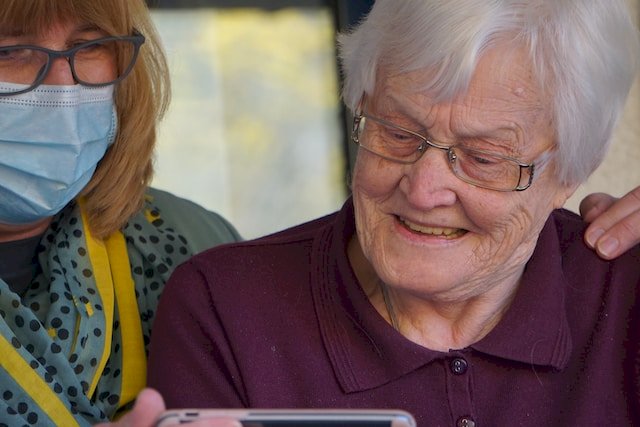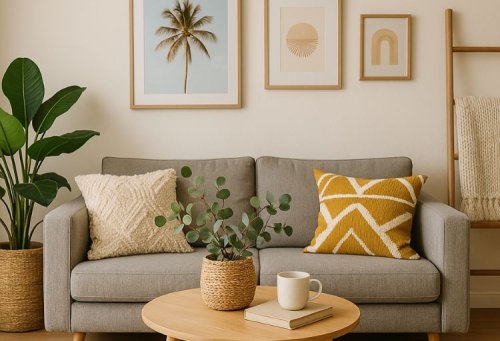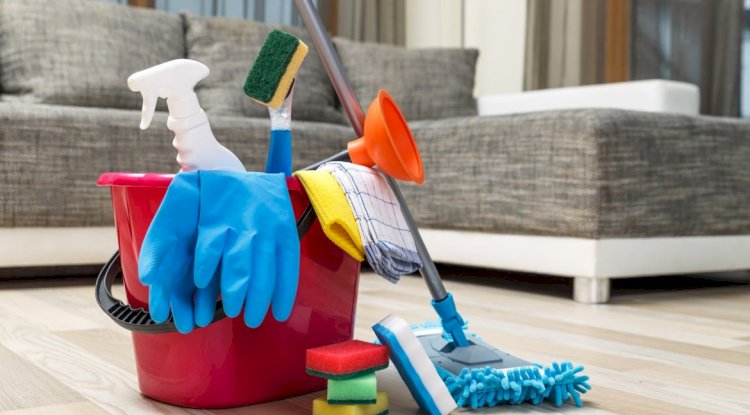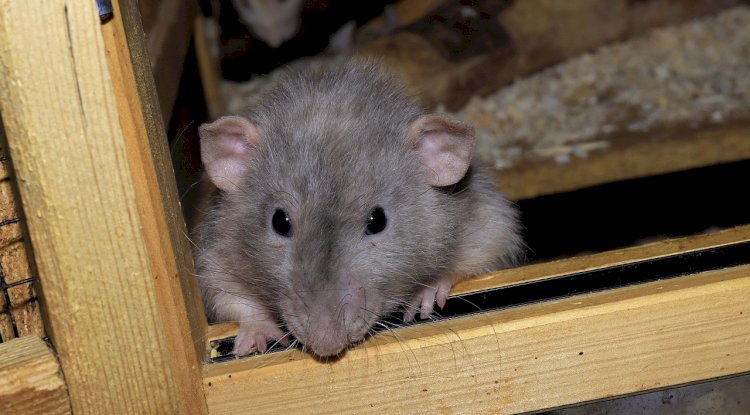How Being Creative Can Help Lower Stress And Enhance Emotional Well-Being
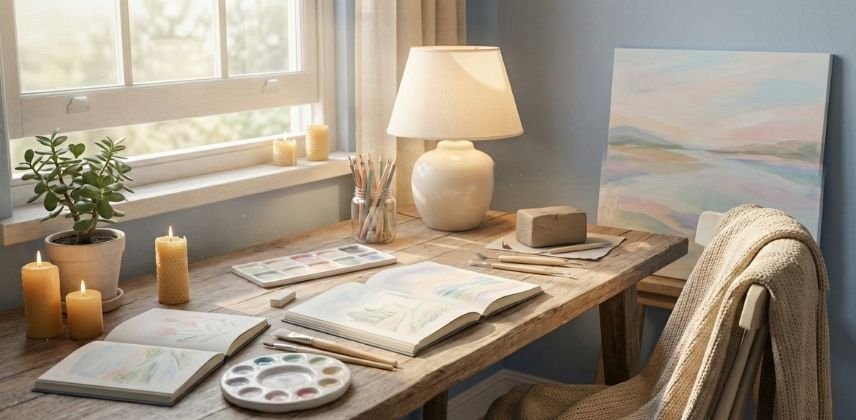
Creativity is more than simply an artistic talent; it's a powerful tool for expressing emotions and reducing stress. Adopting artistic pursuits may help individuals re-establish emotional connections, enhance mental clarity, and promote long-term emotional wellness in a society where stress has become a common occurrence. The creative process provides a constructive outlet for ideas and emotions that may otherwise remain unsaid, whether a person chooses to paint, write, cook, sing, or just try out new concepts.
The Science Of Creative Stress Reduction
The brain goes into a calm state that is comparable to meditation when we engage in creative activities. Drawing, creating, and writing are examples of activities that stimulate the brain's reward and pleasure centres, generating dopamine and lowering cortisol levels, a stress hormone. Because of this physiological change, creativity is a great natural way to deal with daily stress.
Furthermore, expressing oneself creatively provides a way to escape the mind. The mind gets engrossed in the process of production rather than issues or concerns. This change in focus may reduce mental overload and enable people to return to their problems with a more composed and clear head. In mental health training, where creativity is seen as a crucial component of emotional self-care, these advantages are often highlighted.
The Role Of Creativity In Emotional Expression
Many individuals find it difficult to express their feelings in words alone, particularly when they are stressed, anxious, or tired. An alternate language is provided by creative expression, which uses tales, songs, gestures, and visuals to convey ideas that words may not be able to.
Dancing, for instance, may relieve the physical strain brought on by stress, composing poetry can release repressed emotions, and painting can aid in the grieving process. People may better comprehend their emotional environment and develop healthier coping mechanisms by using these outlets.
Mental Health Support Courses, which educate participants on how creativity may facilitate emotional release and enhance their capacity to handle challenging emotions, often concentrate on this therapeutic benefit. People may improve their emotional resilience and learn better coping mechanisms by integrating creative activities into their everyday routines.
Using Creative Exploration To Increase Confidence And Lower Stress
Experimentation is encouraged by creativity, which lets individuals attempt new things without worrying about failing. Creative activities provide for the ability to explore ideas, make errors, and learn from them, in contrast to regimented tasks that demand perfection. Many individuals experience less stress in their personal or professional lives as a result of this feeling of independence.
People feel a feeling of success when they produce anything, whether it is a sketch, a novel recipe, or a handcrafted object. In addition to providing positive reinforcement that may offset negative cognitive patterns, this raises self-esteem. Over time, more self-assurance results in better mental well-being and more drive to face daily obstacles.
These ideas are typical of a contemporary Mental Health Course, in which students learn how to develop their confidence via creative activities, writing prompts, and introspective techniques.
Innovative Exercises That Enhance Mental Well-Being
Being creative may be done in a variety of ways. The secret is to engage in fun and gratifying activities. The following are some ways that creativity might promote mental health:
-
Art & Drawing: Even simple drawing or doodling may help concentrate and soothe the mind.
-
Journaling Or Writing: Aids in cognitive organisation and emotional stress relief.
-
Music: Writing, performing, or listening to music provides a powerful emotional release.
-
Crafting: Hands-on enjoyment may be found in knitting, ceramics, or do-it-yourself crafts.
-
Dance And Movement: Using one's body to express oneself creatively lowers stress levels both mentally and physically.
Engaging in creative endeavours for even ten minutes each day may yield significant advantages, assisting people in reestablishing their connection with themselves and relieving everyday stress.
Bringing Creativity Into Daily Life
Special resources, ability, or a lot of time are not necessary for creativity. Rearranging a space, preparing a new meal, or coming up with ideas may all provide a feeling of rejuvenation. Expression, investigation, and emotional release are the objectives rather than perfection.
People may develop better mental habits, lessen stress, and increase their emotional resilience by incorporating creativity into their daily lives. Creative activities are even more successful in promoting general wellness when supplemented with knowledge acquired via formal learning, such as mental health training or a Mental Health Course.
Share
What's Your Reaction?
 Like
0
Like
0
 Dislike
0
Dislike
0
 Love
0
Love
0
 Funny
0
Funny
0
 Angry
0
Angry
0
 Sad
0
Sad
0
 Wow
0
Wow
0



